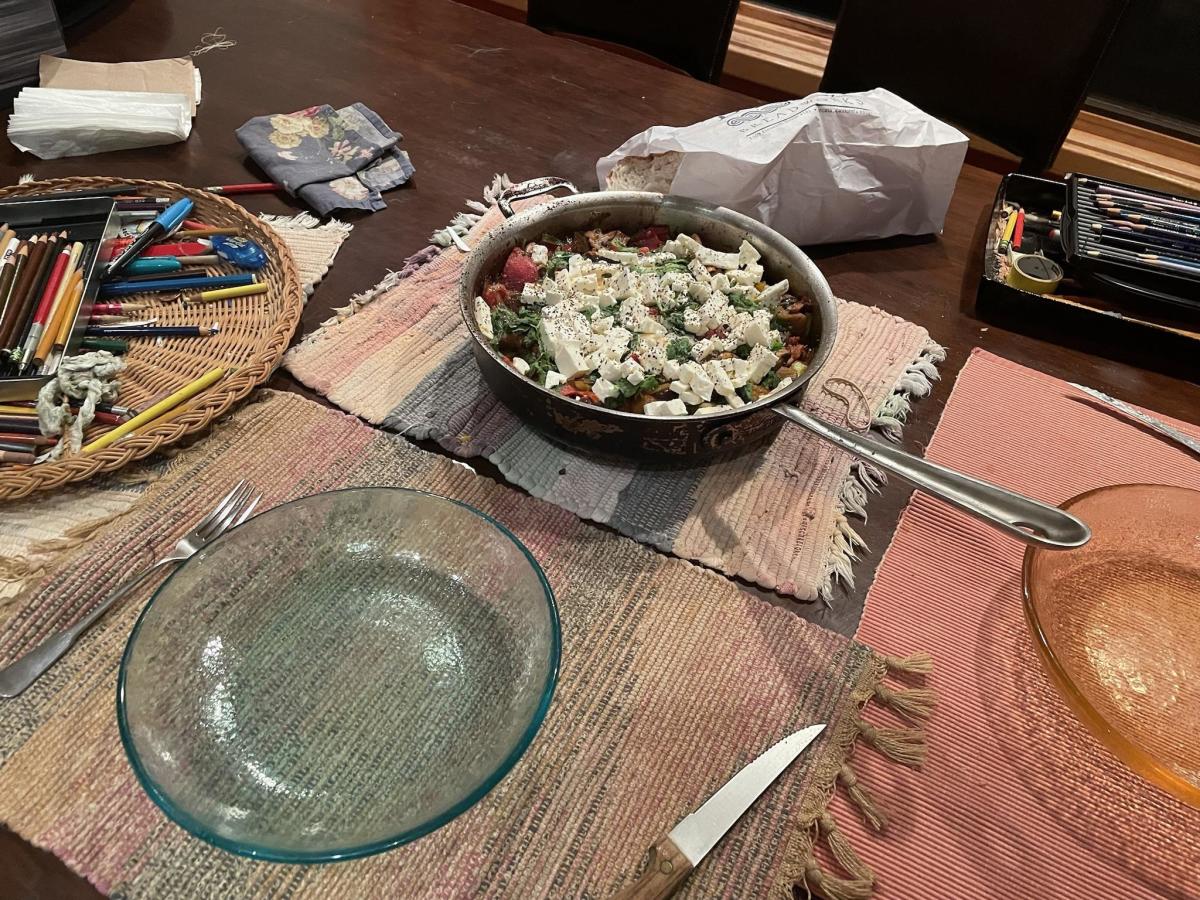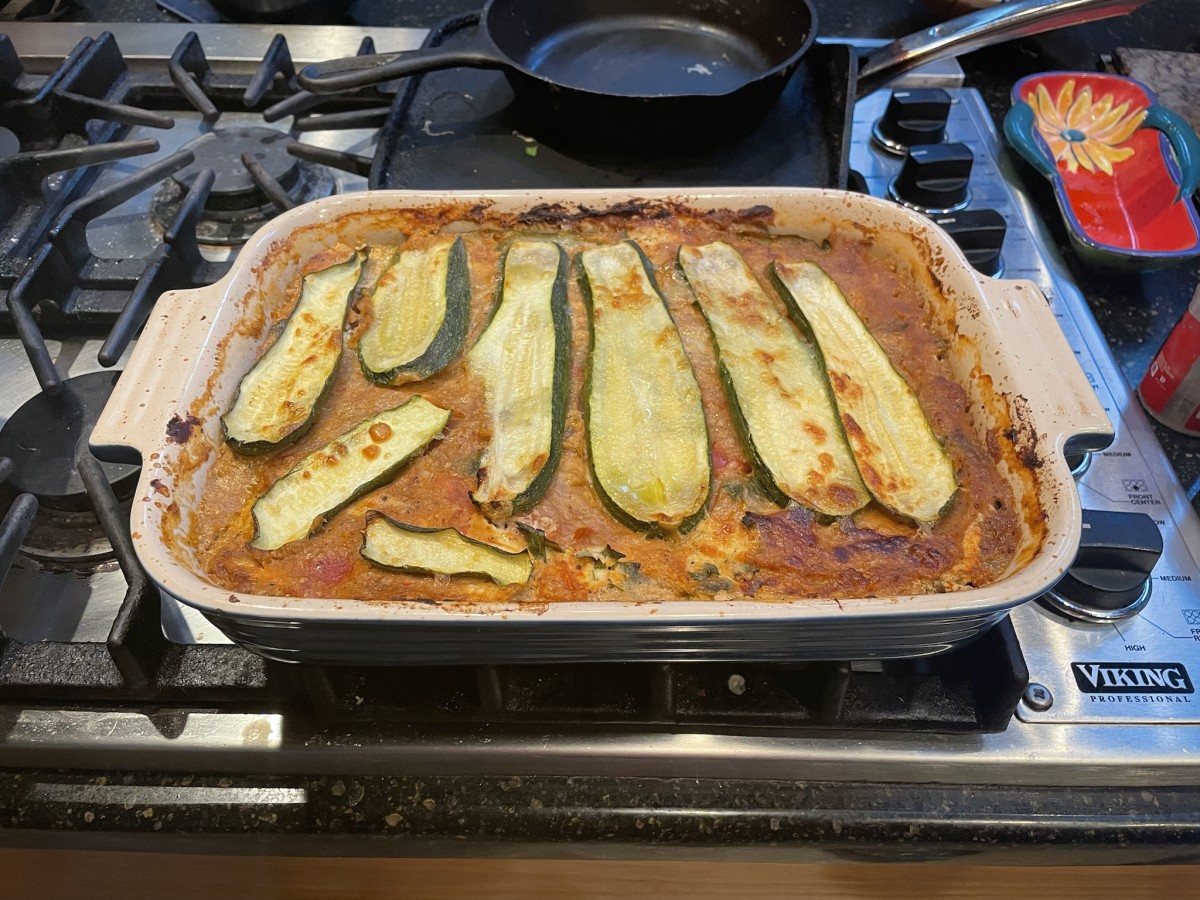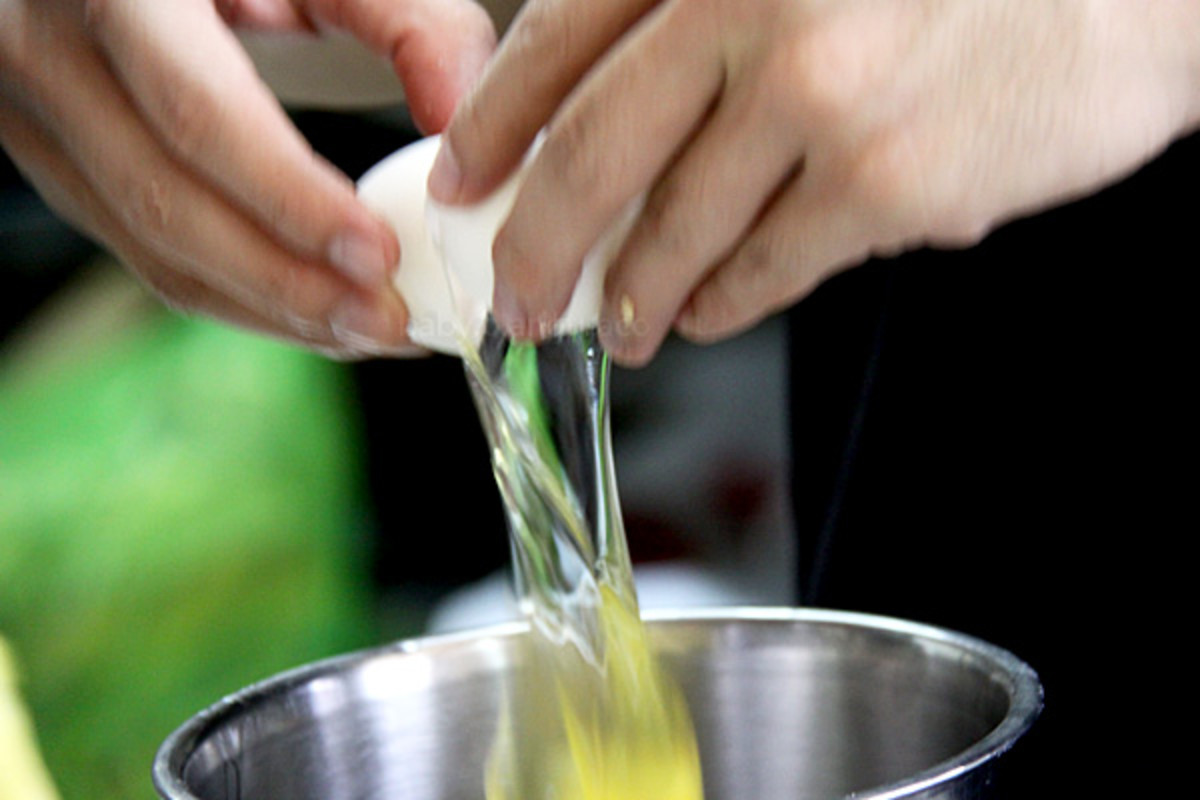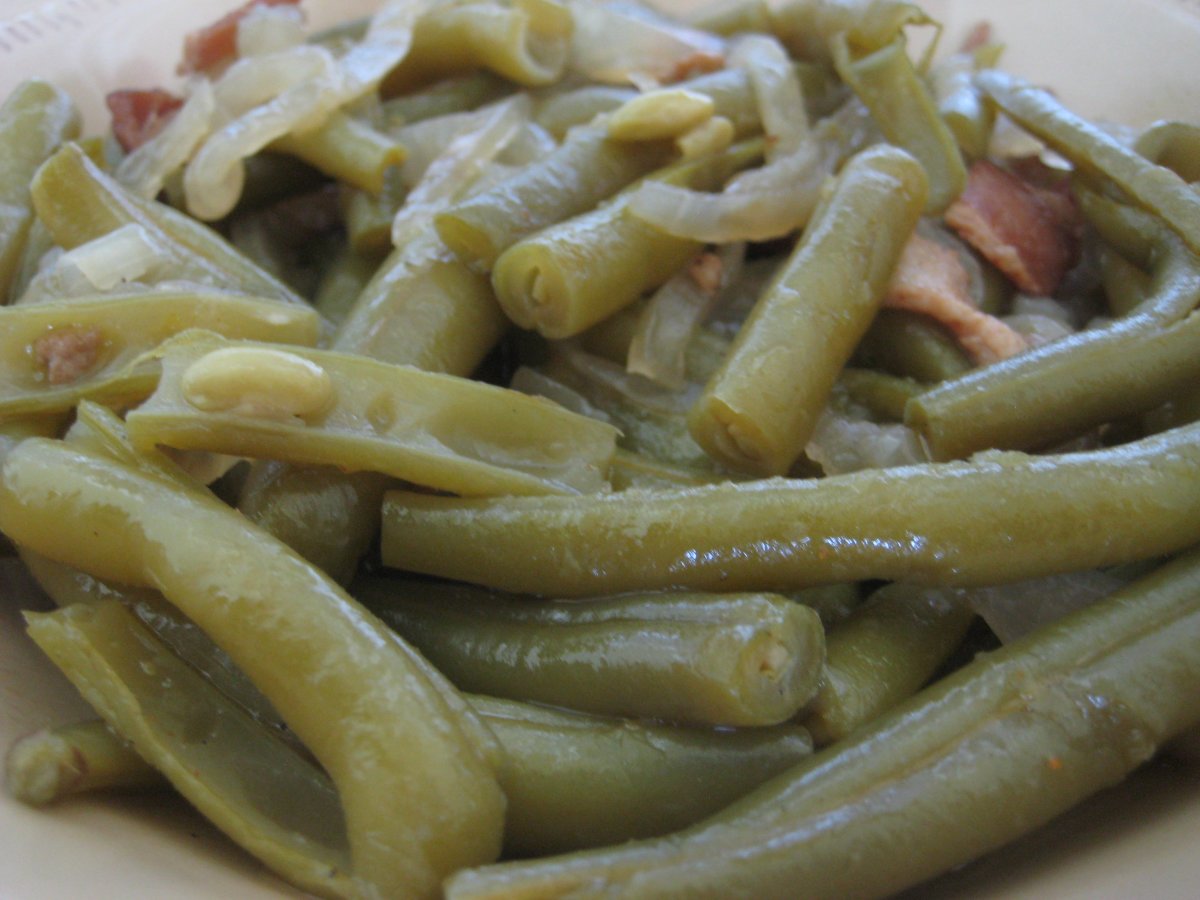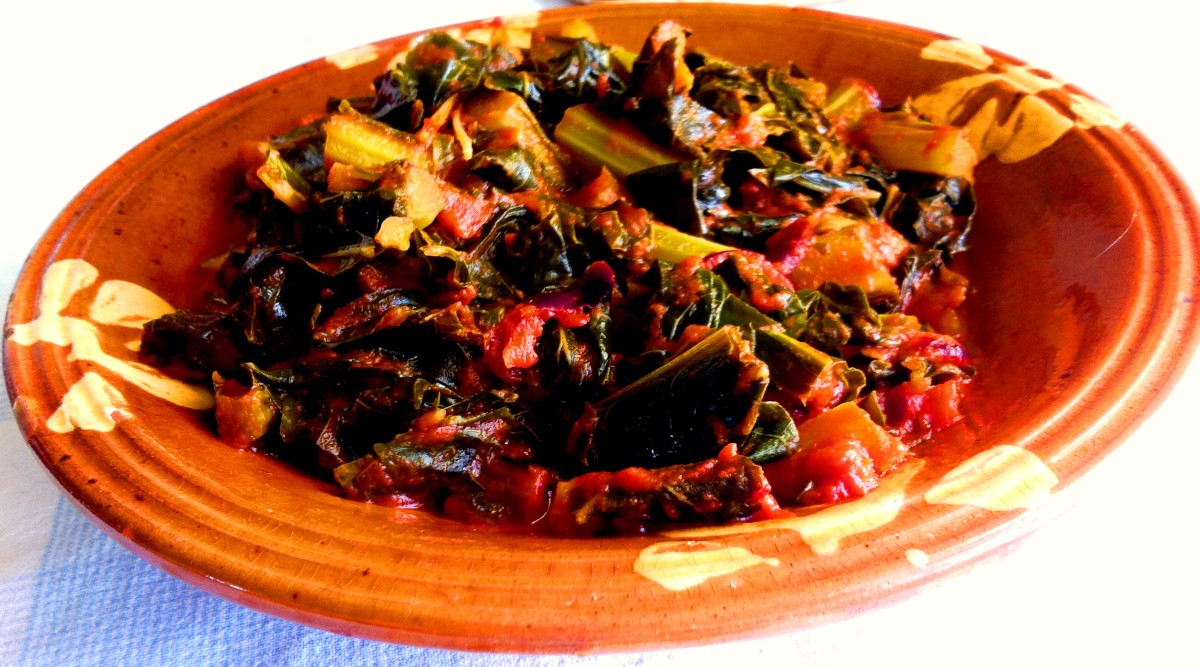The Best Way to Cook Eggplant
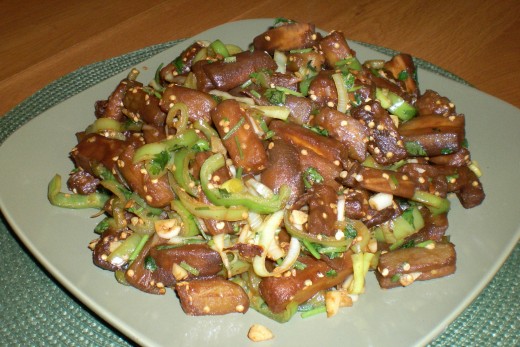
Admittedly, the title above is slightly less than objective and there’s nothing I can do to prove this eggplant dish is truly better than the other 1000+ that all claim to own the spot at the top. But I will say this – I had no idea eggplant could actually taste good until I started making it this way.
If you want to get straight to the recipe go ahead and skip this paragraph of introduction and background and you’ll find what you’re looking for below. And for the rest who take interest, I’ll say a word about the recipe. What I’m going to show you how to make is a Chinese-style stir fried eggplant. I’ve not had this exact thing in any restaurant while living in China but I had much that was similar to it. I never liked eggplant until moving to China, but after tasting some of the eggplant served to me there and doing a little experimenting of my own, this became one of my favorite stir-fry dishes to make. If you’ve all but given up hope that eggplant is worth cooking, please give this a try … I think you’ll find the vegetable has some very redeemable qualities!
Ingredients
- 1/4 cup oil (I prefer peanut oil, but vegetable oil will do)
- 1-6 cloves garlic, chopped
- 1 large eggplant, peeled and cut
- 2 or 3 Anaheim peppers, thinly sliced
- scallion or leek (as much as you can afford!), chopped
- cilantro, chopped
- 1 tablespoon soy sauce
- 1/2 to 1 teaspoon salt
Why read when you can look at pictures?
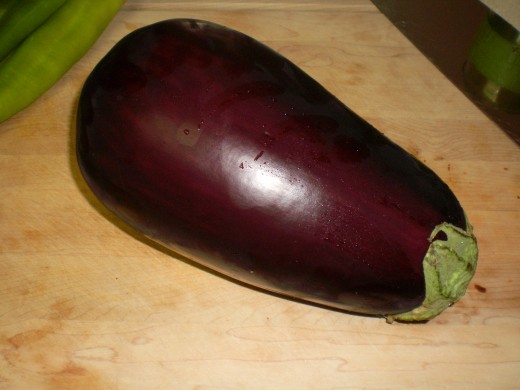
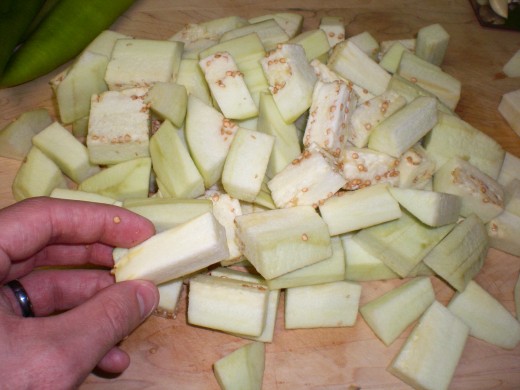
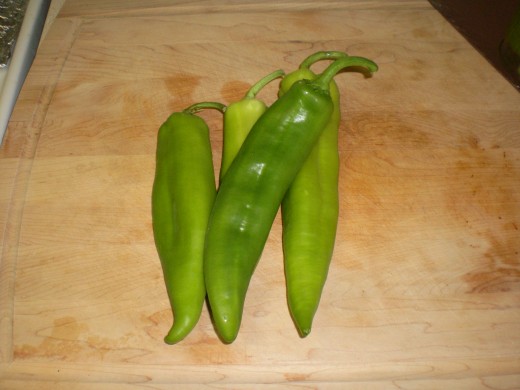
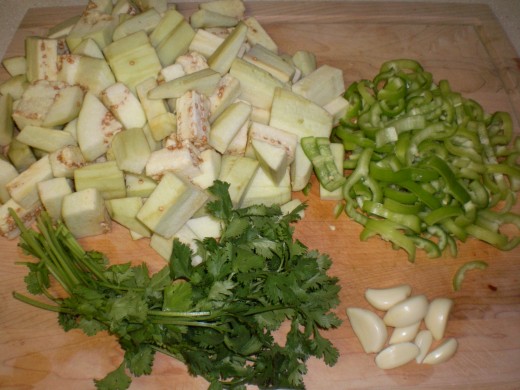
Preparation
- Choose your eggplant. When living in China I always used a round eggplant -- not the oblong egg-shaped one pictured to the right, nor the long variety (Chinese or Japanese eggplant) you may see in an Asian market. I've stir-fried all of them and while any will work, I like the round ones the best (unfortunately, I have yet to find them here). Second choice would be the long ones and lastly, the more common American eggplant you see in the picture. But, whichever you choose, if it's not fresh, it's going to turn out a bit dry and ultimately very disappointing.
- Peel and cut the eggplant. I tend to cut them in pieces about the size of my thumb. You can experiment with whatever size and thickness you want, the most important thing is just to try to make them as uniform as possible (I'm still working on that).
- Peel your garlic, smash it with your cleaver (do yourself a favor and buy one if you haven't already), then mince.
- Cut Anaheim peppers in half from top to bottom. Remove the seeds then chop into small strips. One note about Anaheims ... I feel they're really only a good addition to this stir-fry if they have some heat. Some do have a little while others taste simply like longer versions of their bell-pepper cousins. If you want to ensure there is some heat, perhaps serranos or jalapenos would be a good substitute.
- Chop up the scallions (or leek) and cilantro.
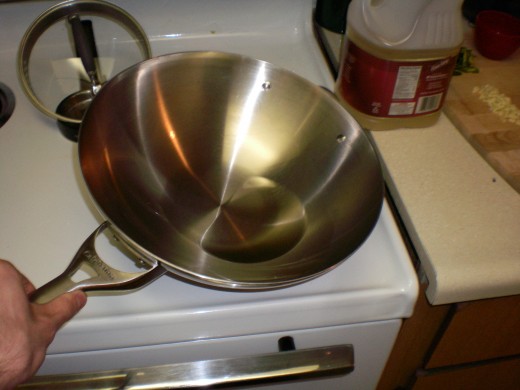
Start Cooking!
1.Turn on the burner to medium high and pour in the peanut oil. Turn the wok to coat as much as you can up the sides. I don’t measure anything, but you’ll want to be generous with the oil because eggplant absorbs a lot of it and if there’s not enough it will either burn or end up dry.
2.When the oil is hot, throw in a little portion of the garlic (teaspoon) and the eggplant. Stir to get the oil on all the pieces. Add about 1/2 a teaspoon of salt and stir frequently. The salt should draw moisture out of the eggplant and you should see it become gradually more “wet” in appearance and soft. I often cover the wok with a lid for a while to speed up this process and keep the moisture in, rather than allowing it all to evaporate.
3.When all of the eggplant appears “wet” and smooth, pour in soy sauce (again, I don’t measure but I guess about 1 tablespoon) and throw in the cut pepper. Stir thoroughly, and then cover and let sit for about 30 seconds
4.Remove the cover and throw in the scallions (or leek) and garlic. Continue stirring. You can taste a piece of eggplant for texture. Continue stir frying until it’s as soft as you want it – it should have some resistance when chewed, if it’s “mushy” you’ve cooked it too long. Add salt or more soy sauce if it tastes lacking.
5.When it’s done, throw in the cilantro and turn off the heat. Mix the cilantro into the dish and it’s ready to be served!
Don't let my verbosity scare you
The instructions probably make it sound much more complicated than it really is. I have a tendency of using a lot of words. Good for school essays, not so much for recipes. But I assure you, once you’ve tried this stir fry a couple times you’ll get the idea of how long things should be cooked (covered or not covered) to get the kind of texture you want. If it doesn’t turn out great the first time, just think about what can be done next time to correct it. It’s never exactly the same each time I make this but it's nearly always delicious. When I was just trying it for the first time, though, some of the problems I had were with not using enough oil (eggplant never got smooth and moist) or with cooking it too long (got too mushy). But the few times where it didn’t turn out exactly right were well worth all the times that it’s proved itself to be the BEST way to cook eggplant! Now go make yourself the envy of all your friends and cook up some Chinese stir fry!

